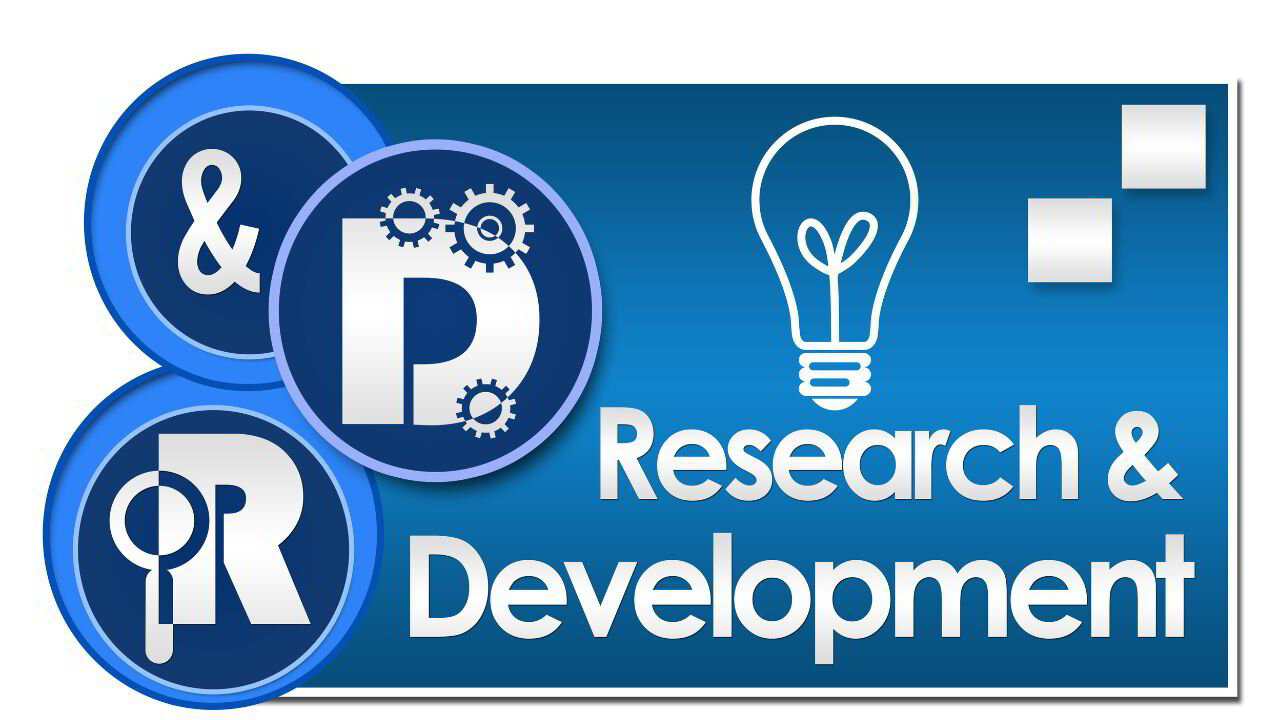TensorFlow, a popular open-source software library, offers great versatility in facilitating machine learning and artificial intelligence. Developed by Google Brain, it aims to streamline the training and inference of deep neural networks. You'll find TensorFlow to be a powerful tool for accelerating complex numerical computations, working effectively across various platforms such as servers, browsers, edge devices, and mobile applications.
One significant advantage you'll experience with TensorFlow is its adaptability to diverse hardware, including CPUs, GPUs, and custom Tensor Processing Units (TPUs) designed by Google. This compatibility makes it an appealing option for implementing production-scale machine learning models on the most advanced processors available.
As you delve into TensorFlow, you'll appreciate the easy model-building capabilities and the comprehensive ecosystem at your disposal. The platform is accommodating to both beginners and experts, making it highly suitable for developing and deploying machine learning models to tackle real-world challenges with confidence and precision.
Machine learning with TensorFlow
Neural Networks and Deep Learning
With TensorFlow, you can easily create and train various types of neural networks, including deep learning models. These models consist of multiple layers, allowing them to learn complex patterns and representations from the data. Some common applications of deep learning include image recognition, natural language processing, and speech recognition.
TensorFlow provides an extensive set of APIs and tools to build, train, and deploy neural networks. For instance, you can use high-level APIs like Keras for a more user-friendly experience or dive into lower-level APIs for customisation and fine-grained control.
Supervised and unsupervised learning
In the realm of machine learning, there are two primary categories: supervised learning and unsupervised learning. TensorFlow caters to both types of learning algorithms.
1. Supervised Learning: In this scenario, you are provided with a labelled dataset where both the input and desired output are known. TensorFlow can be used to create models for tasks like:
- Classification: categorising data into distinct classes, such as spam detection or image recognition.
- Regression: predicting numerical values based on input data, such as housing prices or stock market trends.
2. Unsupervised Learning: Here, you only have access to input data without any corresponding outputs. TensorFlow enables you to uncover hidden structures and patterns within the data. Some common unsupervised learning techniques include:
- Clustering: grouping together similar data points, for example, in customer segmentation or anomaly detection.
- Dimensionality reduction: reducing the number of features in a dataset while preserving its essential information, such as with principal component analysis (PCA) or autoencoders.
Through its versatility and comprehensive set of tools, TensorFlow makes it easy to develop, train, and deploy machine learning models for numerous applications and industries. Learn more by exploring the official TensorFlow tutorials and guides.
THE EASIEST WAY TO BUILD YOUR OWN AI CHATBOT
In less than 5 minutes, you could have an AI chatbot fully trained on your business data assisting your Website visitors.
Data Processing and Transformation
In this section, we will explore how TensorFlow can be used for data processing and transformation. TensorFlow is a versatile and powerful tool that will help you handle complex datasets with ease.
Tensor Operations
TensorFlow, at its core, allows you to work with tensors—N-dimensional data containers. They can represent various physical properties, such as scalars and vectors. With this framework, you'll be able to perform mathematical operations on these tensors to manipulate and process your data. Some common tensor operations include the following:
- Addition: Combine two or more tensors of matching shapes.
- Multiplication: Compute the dot product of two tensors.
- Reshaping: Transform a tensor into a different shape without altering its contents.
- Slicing: Extract a portion of a tensor based on specific indices.
- Transposing: Swap the dimensions of a tensor.
These operations should help you clean, consolidate, and preprocess your data.
Data Pipelining
When dealing with large datasets, you may need to create pipelines for loading and transforming data. TensorFlow offers a tf.data API that enables you to build complex input pipelines with reusable components. For example, in the case of image processing, your pipeline might involve the following steps:
1. Aggregating data: collecting images from distributed file systems or other sources.
2. Preprocessing: performing random perturbations, resizing, or normalisation on each image.
3. Batching: Combining randomly selected images into a batch for training.
Here's a simple illustration of a typical data pipeline:
Step Description Example
1 Load data from various sources. Load images
2 Apply filtering or transformation Resize images
3 Perform data augmentation. Flip images
4 Combine the data into training and validation sets. Split train/test
With TensorFlow, you can create robust and scalable data pipelines, making your data processing and transformation tasks more efficient and manageable.
Scalable Deployment
Serving Models
With TensorFlow, you can deploy your machine learning models seamlessly and efficiently. One common way to serve models is by using TensorFlow. It offers a consistent process of deploying models through a model server that lets you manage multiple versions of your models simultaneously. Furthermore, the Google Cloud AI Platform provides a user-friendly web UI to configure your model endpoints, making it even more practical for deploying scalable ML solutions.
Distributed Computing
TensorFlow's distributed computing capabilities allow you to significantly enhance the scalability and performance of your machine learning models. You can distribute computations across multiple machines, whether it's a single powerful workstation or a cluster of connected systems. Integrating with popular big data frameworks, such as Apache Hadoop and Spark, makes TensorFlow the go-to choice for large-scale deployments and big data analysis tasks.
To achieve distributed computing with TensorFlow, you can use the following features:
- tf.distribute: A built-in library that provides different strategies to parallelize training or inference tasks across multiple GPU or CPU devices or nodes.
- TensorFlow Extended (TFX): A suite of components that helps design, implement, and manage end-to-end ML pipelines in a scalable fashion.
In summary, TensorFlow offers you the tools and flexibility to deploy machine learning models in a scalable manner. By leveraging TensorFlow serving, distributed computing, and integration with big data frameworks, you can ensure your ML projects are efficient and ready to handle real-world tasks.
Extended Ecosystem and Community
Open-source libraries
TensorFlow, as an open-source deep learning framework, offers a wide array of libraries and tools to expand its functionality and ease of use. These additions cater to various needs and sectors, including but not limited to data processing, model evaluation, and deployment. Some popular libraries in the TensorFlow ecosystem are:
- TensorFlow Hub: A repository for pre-trained and reusable machine learning models that can be fine-tuned to your specific requirements.
- TFX: TensorFlow Extended is an end-to-end platform for creating and managing machine learning pipelines, allowing a smooth transition from research to production.
- TensorFlow.js: A library to enable running TensorFlow models directly in browsers and Node.js environments, facilitating machine learning applications on the web and client-side devices.
Community Contributions
Owing to its open-source nature, TensorFlow receives significant contributions from its dedicated and growing community. Here are some of the key ways members contribute to this thriving ecosystem:
1. Bug fixes and improvements: By reporting and addressing bugs or proposing enhancements to the existing codebase, community members ensure the framework keeps evolving and maintains quality standards.
2. Custom Extensions: Developers create custom libraries and extensions to work seamlessly with TensorFlow, addressing specific niche requirements and improving the overall ecosystem.
3. Tutorials and guides: Knowledgeable individuals often share their experiences with TensorFlow by publishing tutorials, guides, or blog posts, making the framework more accessible to newcomers and experienced practitioners alike.
4. Public discussions and code reviews: Through communication channels such as forums, mailing lists, and code review platforms, community members interact, discuss, and collaborate, resulting in a better understanding of TensorFlow and its various applications.
By actively engaging in the TensorFlow community and making use of its diverse libraries, you can significantly improve your understanding and application of this powerful framework.

Research and development
In the realm of research and development, TensorFlow serves as a powerful tool for various tasks. This section focuses on two key aspects: experimentation tools and cutting-edge algorithms.
Experimentation Tools
TensorFlow provides a comprehensive set of tools to facilitate your experimentation process. One remarkable feature is TensorBoard, a visualisation toolkit that allows you to monitor and review your model's training progress. With TensorBoard, you can easily understand how various hyperparameters affect your model's performance and make informed decisions to improve its accuracy.
Another essential tool is eager execution, which enables you to interact with your models more naturally. Eager execution lets you execute operations immediately, providing a Pythonic experience that makes it straightforward to test and debug models.
Cutting-Edge Algorithms
TensorFlow is continuously updated with the latest machine learning and deep learning algorithms, ensuring that you have access to the most advanced techniques in the field. These cutting-edge algorithms include popular neural network architectures, such as:
- Convolutional Neural Networks (CNNs) for image processing
- Recurrent Neural Networks (RNNs) for sequence data analysis
- Transformers for natural language processing tasks
In addition, TensorFlow supports a wide range of optimisation algorithms, loss functions, and regularisation techniques, empowering you to create state-of-the-art models for various applications.
By leveraging TensorFlow's experimentation tools and cutting-edge algorithms, you can stay at the forefront of research and development in machine learning and deep learning.
Frequently Asked Questions
What are the primary applications of TensorFlow in various industries?
How does TensorFlow facilitate deep learning and artificial intelligence tasks?
In which scenarios is TensorFlow more suitable compared to Keras or PyTorch?
What are the advantages of using TensorFlow for machine learning development?
How is TensorFlow employed in conjunction with Python to achieve machine learning objectives?
Is TensorFlow accessible at no cost for commercial and personal projects alike?
THE EASIEST WAY TO BUILD YOUR OWN AI CHATBOT
In less than 5 minutes, you could have an AI chatbot fully trained on your business data assisting your Website visitors.


